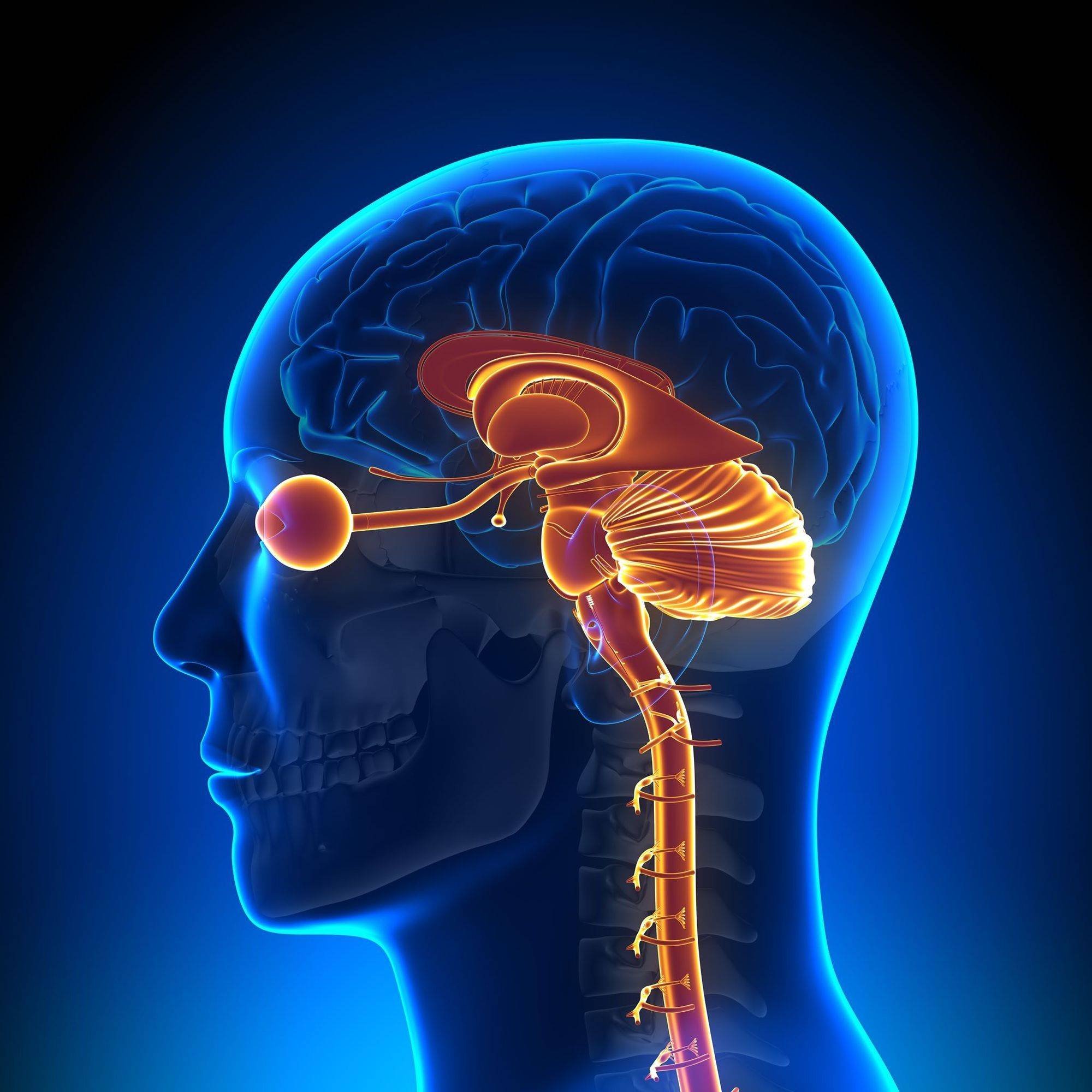
BrainSpotting
BrainSpotting (BSP) was discovered in 2003 by David Grand, Ph.D. Over 10,000 therapists have been trained in BSP in the US, South America, Europe, the Middle East, Asia and Africa. Desyree Dixon was personally trained at a high level in Brainspotting by Dr. David Grand, PHD, the founder and developer. She uses this treatment technique with many clients who find it far more effective than traditional talk therapy.
What is BrainSpotting?
Studies of EMDR and other brain-body practices evidenced that “where you look affects how you feel.” BSP makes use of this natural phenomenon through its use of relevant eye positions. This helps the BSP therapist locate, focus, process and release a wide range of emotionally and bodily-based conditions. BSP is also a brain-based tool to support the therapy relationship.
We believe that BSP taps into and harnesses the body’s natural self-scanning, self-healing ability. When a Brainspot is stimulated, the deep brain appears to reflexively signal to the therapist that the source of the problem has been found. BSP can also be used to find and strengthen our natural resources and resilience. BSP is designed as a therapeutic tool that can be integrated with many other healing modalities. BSP is even more powerful when used with BioLateral Sound.
Who does BrainSpotting work with?
BrainSpotting is effective in treating a wide variety of emotional and somatic conditions. It is particularly effective for trauma-based issues, including identity-based trauma. This therapy can identify and heal underlying trauma that contributes to anxiety, depression and other behavioral conditions. It is well documented that we hold onto traumatic memories in our bodies. A triggering memory can cause rapid heartbeat, tightness in our chests and stomach, and discomfort in other parts of the body.
Somatic techniques like BrainSpotting tend to yield better, faster results than talk therapy alone. Clients who don’t have the words to describe the connection between their depression or anxiety and past or current trauma can describe what their body is feeling. They don’t even have to tell therapist what their body is feeling. Clients often make profound discoveries just by sitting quietly and observing the internal connection between what their body is feeling and their thoughts.
This is how we learned that for most people with marginalized Core Identity Factors™, trauma is deeply intertwined with core identity. Clients would surprise themselves and their therapist by making observations that linked their depression and anxiety to experiences associated with their race, ethnicity, gender, sexual orientation, disability, poverty, and other characteristics.
When there is a disconnect between how society sees a person and how the person sees their authentic self, this discomfort is often felt in the body. We have had success with using brain-body therapies like BrainSpotting to help clients have significant “Ah ha!” moments and heal from trauma.
BrainSpotting Can Enhance Performance.
BrainSpotting can also be used to help clients enhance performance and creativity. We help athletes and creative artists “get in the zone,” We help executives, entrepreneurs and other professionals develop more confidence in charting their careers. BrainSpotting has helped clients develop a deeper understanding of what matters to them and how to create a more joyful life. Brainspotting gives the therapist access to both brain and body processes. Its goal is to bypass the conscious, neocortical thinking to access the deeper, subcortical emotional and body-based parts of the brain.
You may believe therapy can help you but you still have questions about BrainSpotting Therapy.
-
Yes, BrainSpotting can be effective in a virtual setting. Prior to the Covid pandemic, many clinicians believed that BrainSpotting had to be done in person. However, necessity is the mother of invention. During the pandemic, demand for trauma therapy skyrocketed, and clinicians figured out how to adapt to a virtual therapy setting.
Our lead therapist Desyree Dixon is an EMDR trainer and also teaches courses in other brain-body treatments, including BrainSpotting. She and her team continued to meet the demand for trauma training during the pandemic (2020 to date) by offering virtual workshops. She and her team have trained more trauma therapists globally during this period than any other trainers. She has extensive experience adapting BrainSpotting therapy to a virtual environment and it has proven just as effective.
-
Clients often fall into two categories. The first is those who are seeking therapy for the first time. The second is people who have been in therapy before who are seeking a therapist with new techniques. With focus and precision, one can find with eye positions (Brainspots) where the trauma, anxiety, depression or behavioral problems are held in the brain. This allows the brain to process from the inside out and from the bottom up.
What is a BrainSpot?
Who does BrainSpotting work with?




